Optimal Timing for Foundation Waterproofing
Foundation waterproofing is a crucial process to prevent water infiltration and protect structural integrity. The timing of waterproofing applications can significantly impact their effectiveness and longevity. Properly timed waterproofing ensures the foundation remains dry, reducing the risk of damage caused by moisture, such as mold, cracking, or deterioration.
Late spring and early fall are ideal times for foundation waterproofing due to moderate temperatures and lower precipitation levels.
Heavy rain, snow, or extreme heat can compromise waterproofing effectiveness. It's best to avoid waterproofing during these conditions.
Applying waterproofing before construction begins helps prevent moisture issues from the outset, especially in areas prone to high water tables.
Post-construction waterproofing is most effective when the foundation is fully cured and dry, typically after initial settlement and backfilling.
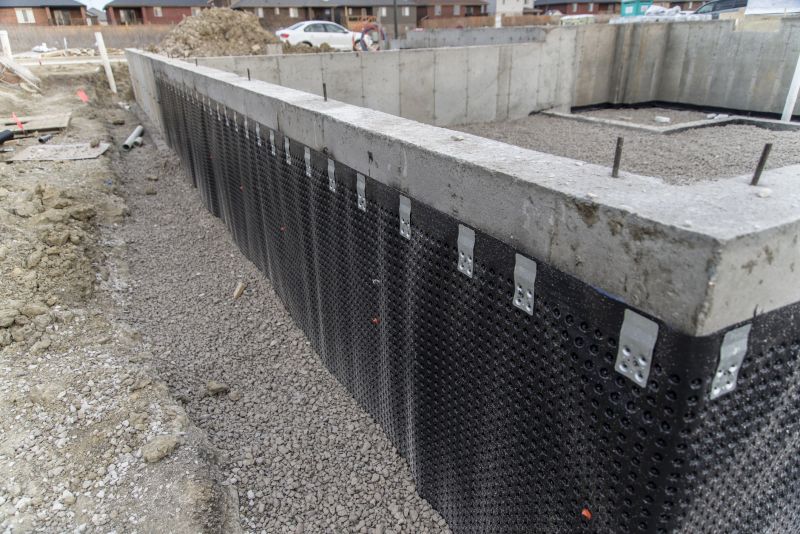
Applying waterproofing membrane on a dry, prepared surface.
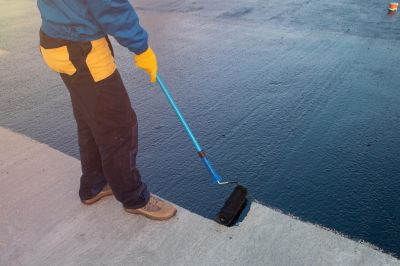
Workers applying waterproofing during moderate weather conditions.
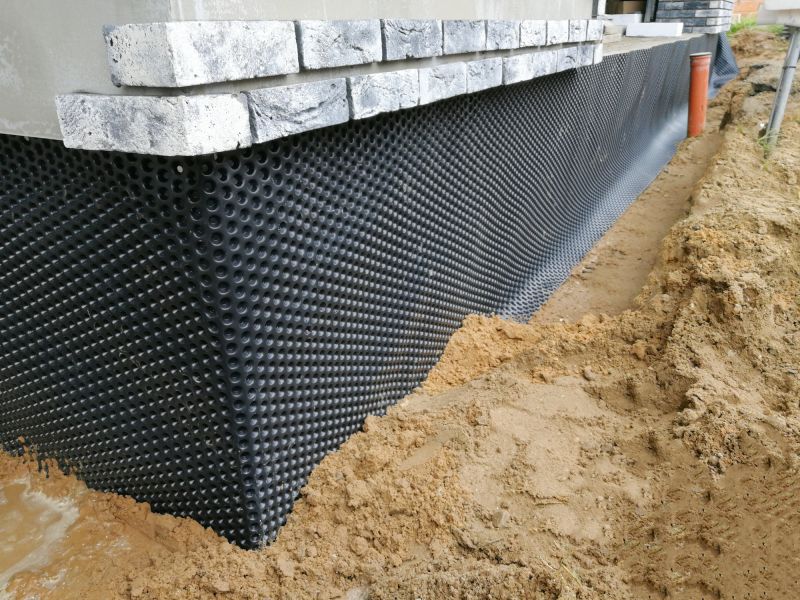
Waterproofing membrane being installed before foundation pouring.

Popular materials for Foundation Waterproofings and why they hold up over time.
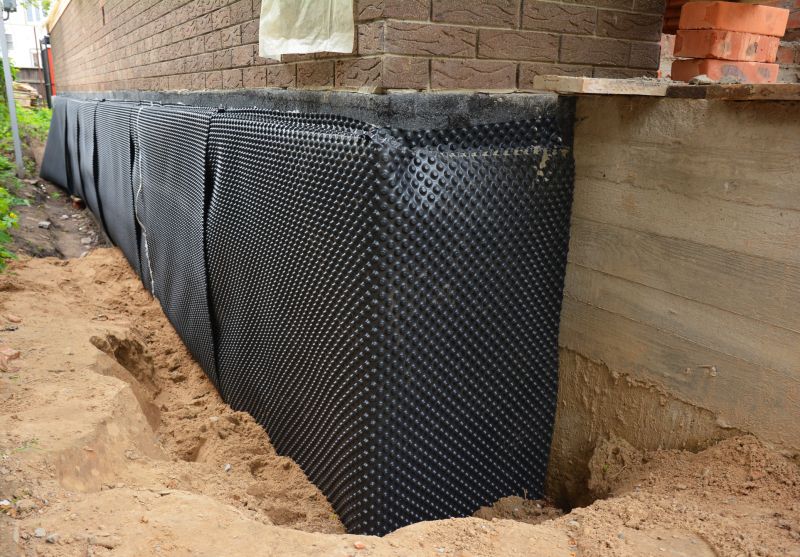
Simple add-ons that improve Foundation Waterproofings without blowing the budget.
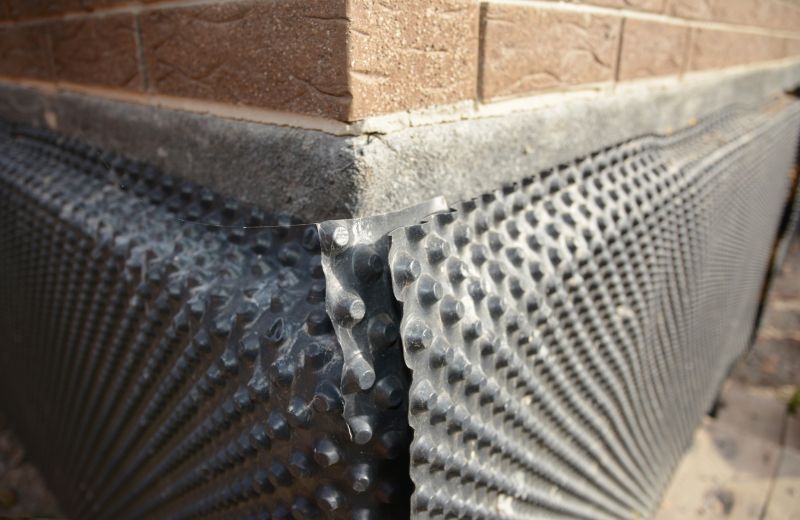
High-end options that actually feel worth it for Foundation Waterproofings.
| Season | Recommended Timing |
|---|---|
| Spring | Late spring is suitable for waterproofing as temperatures rise and moisture levels are manageable. |
| Summer | Early summer can be ideal, provided temperatures are not excessively high. |
| Fall | Early fall offers cooler temperatures and less precipitation, suitable for waterproofing. |
| Winter | Generally not recommended due to freezing temperatures and snow. |
| Pre-Construction | Before foundation pouring, when the site is prepared and dry. |
| Post-Construction | After foundation curing, typically during mild weather periods. |
Foundation waterproofing is an essential component of building maintenance and new construction. It involves applying specialized materials to prevent water from penetrating the foundation walls and slabs. Effective waterproofing can extend the lifespan of a structure, reduce maintenance costs, and prevent costly repairs caused by water damage. Modern waterproofing techniques include membrane applications, sealants, and drainage systems, each suited for different conditions and foundation types. Proper timing, combined with high-quality materials and professional installation, ensures optimal protection against moisture-related issues.
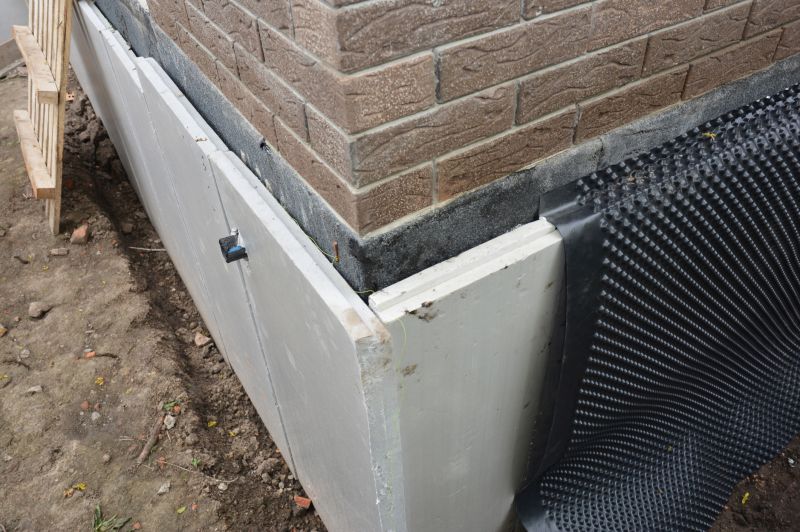
Applying waterproofing membranes on a foundation wall.
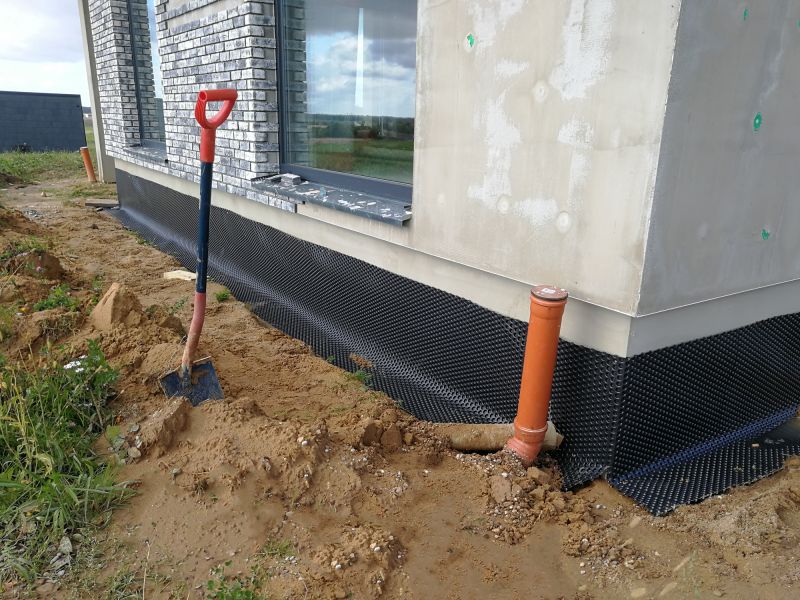
Installing drainage systems to divert water away from foundations.
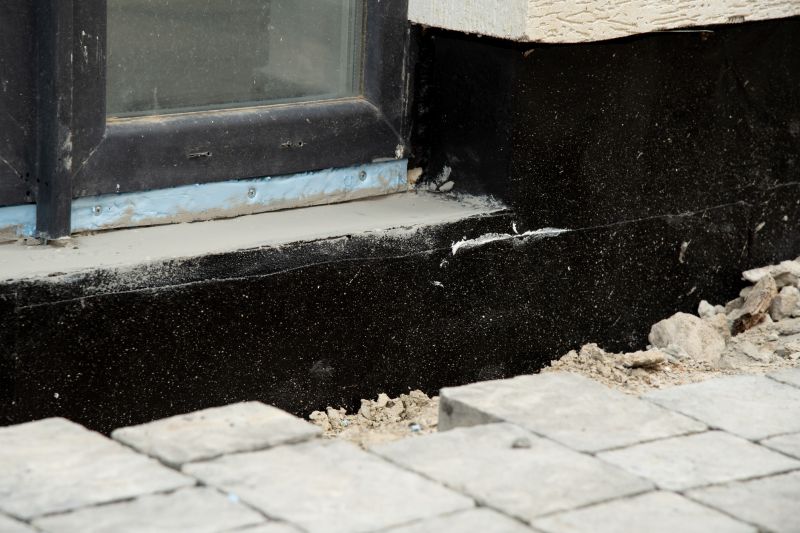
Surface cleaning and priming before waterproofing application.
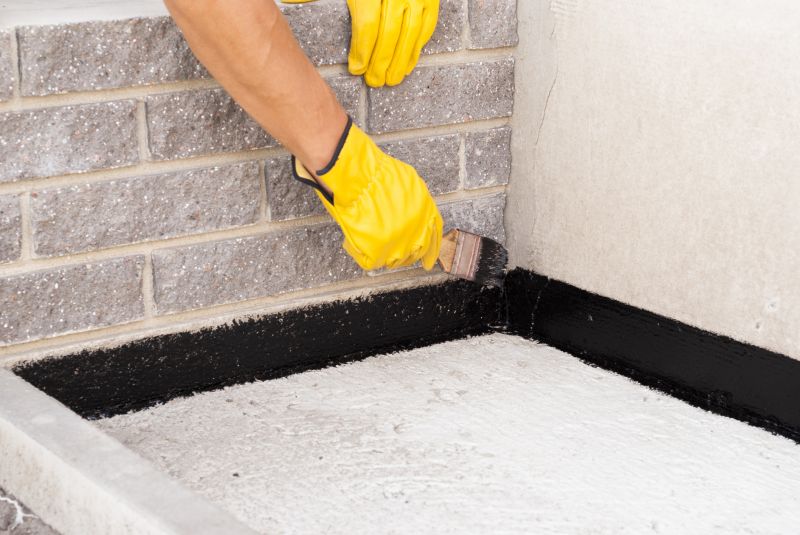
Workers performing waterproofing during optimal weather conditions.

Little measurements that prevent headaches on Foundation Waterproofings day.
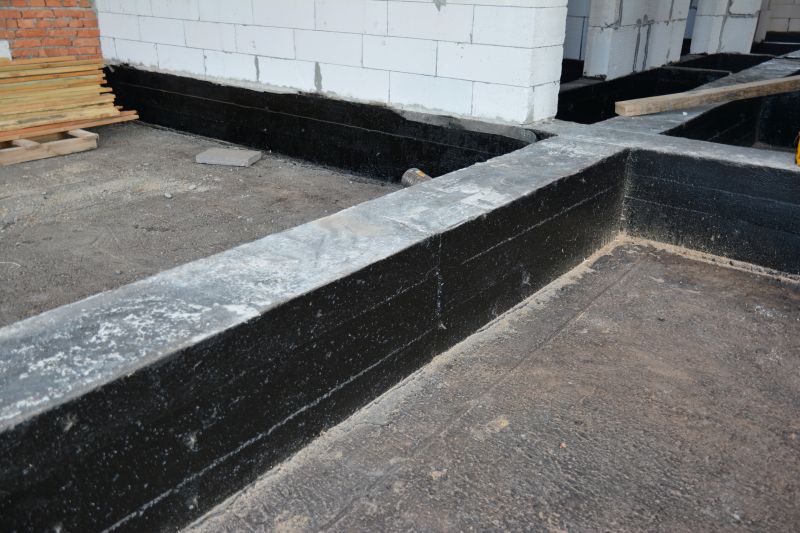
A 60-second routine that keeps Foundation Waterproofings looking new.

A frequent mistake in Foundation Waterproofings and how to dodge it.
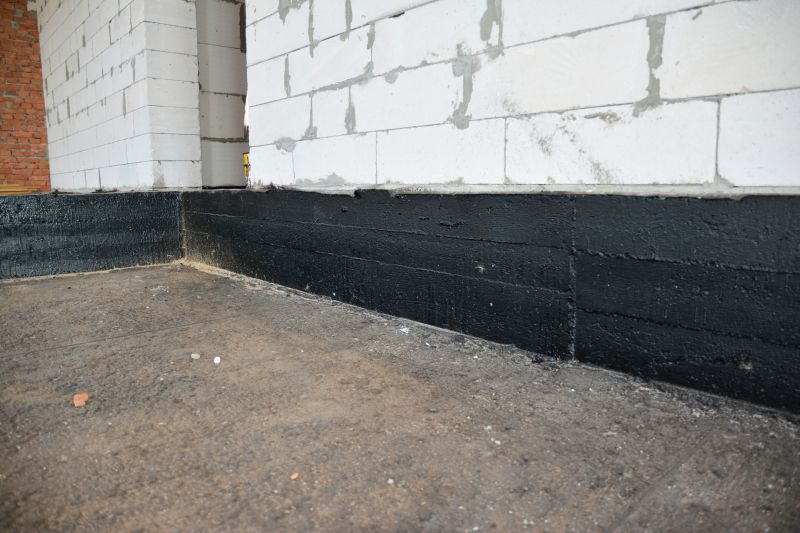
Small tweaks to make Foundation Waterproofings safer and easier to use.
Interested parties are encouraged to contact for further information on foundation waterproofing options and scheduling. Proper timing and application can significantly enhance the durability and performance of a building’s foundation, ensuring long-term protection against water intrusion and related issues.
